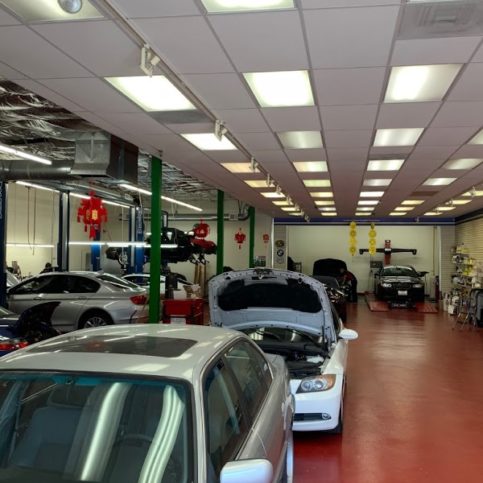Follow basic maintenance tips to help keep your car on the road and out of the repair shop. Auto repairs are sometimes inevitable, but by consistently taking care of your car’s most basic parts and systems, you can often avoid common wear-and-tear problems. Consider the following tips for effectively maintaining your vehicle:
Tires
A car tire inflated to 35 pounds per square inch (psi) can lose one psi every month or for every temperature change of 10 degrees Fahrenheit. Find the recommended psi level in your owner’s manual or on a sticker on the driver’s side door jamb. Rotate tires every 6,000 miles to prevent uneven wear and have the alignment checked if the car pulls to either side while driving.
Engine oil
Follow your vehicle’s manufacturer guidelines to determine how often you should change the oil—typically, it’s every 3,000 to 4,000 miles, or three to six months. Cliff Do, owner of A1 Performance Auto Repair in Sunnyvale, says this rule varies with the type of oil your car requires. “With the new synthetic oils, you can go 7,000 to 10,000 miles between changes. Either way, make sure you don’t go too long without an oil change, because you risk damaging your car.”
To check your car’s oil level, park on a level surface and turn the engine off. Open the hood, remove the dipstick, wipe it clean with a cloth or paper towel and return it to the oil reservoir. Remove it again to see if the oil level is within the acceptable range marked on the dipstick. If you have to add oil, make sure you don’t overfill—too much oil can damage the engine.
Transmission fluid
Look for a reservoir marked ATF (automatic transmission fluid) and follow the same steps as monitoring the oil level—only this time, keep the engine running. You should change transmission fluid every 30,000 miles or so, but follow the manufacturer’s recommendations to be certain.
Engine coolant
Most engine coolant or antifreeze should be replaced every 30,000 miles (two to three years). Newer formulas, however, can last up to 50,000 miles. To check the coolant level, turn the car off and wait for the engine to cool. Locate the coolant reservoir (usually a translucent plastic tank) and check the level of the coolant against the full and low indicators.
Power steering fluid
Power steering fluid should be changed every three years or 50,000 miles. If your car has a power steering fluid reservoir, check the level visually; otherwise, follow the dipstick method. Low power steering fluid may indicate a leak, so have your mechanic take a look.
Air filter
Change your air filter every 12,000 to 15,000 miles. A clean air filter can improve gas mileage and reduce harmful emissions.
Fuel filter
Replace the fuel filter every year to help prevent debris from clogging your car’s fuel line.
Windshield wipers and wiper fluid
Windshield wiper care is one of the most neglected basic car care tips. Replace the wiper blades every six to 12 months or whenever the rubber becomes worn. Check the wiper fluid reservoir every week or so and keep it full.
Headlights and brake lights
With your car turned on and parked, have someone walk around to confirm all your lights are working—headlights, brake and tail lights, turn signals, etc. Replacing bulbs in modern vehicles can be a challenge, so consider having a mechanic do the job (especially replacing and aiming headlights). A mechanic will also know the difference between a blown fuse and a burned out bulb.
Read moreRead Less





























